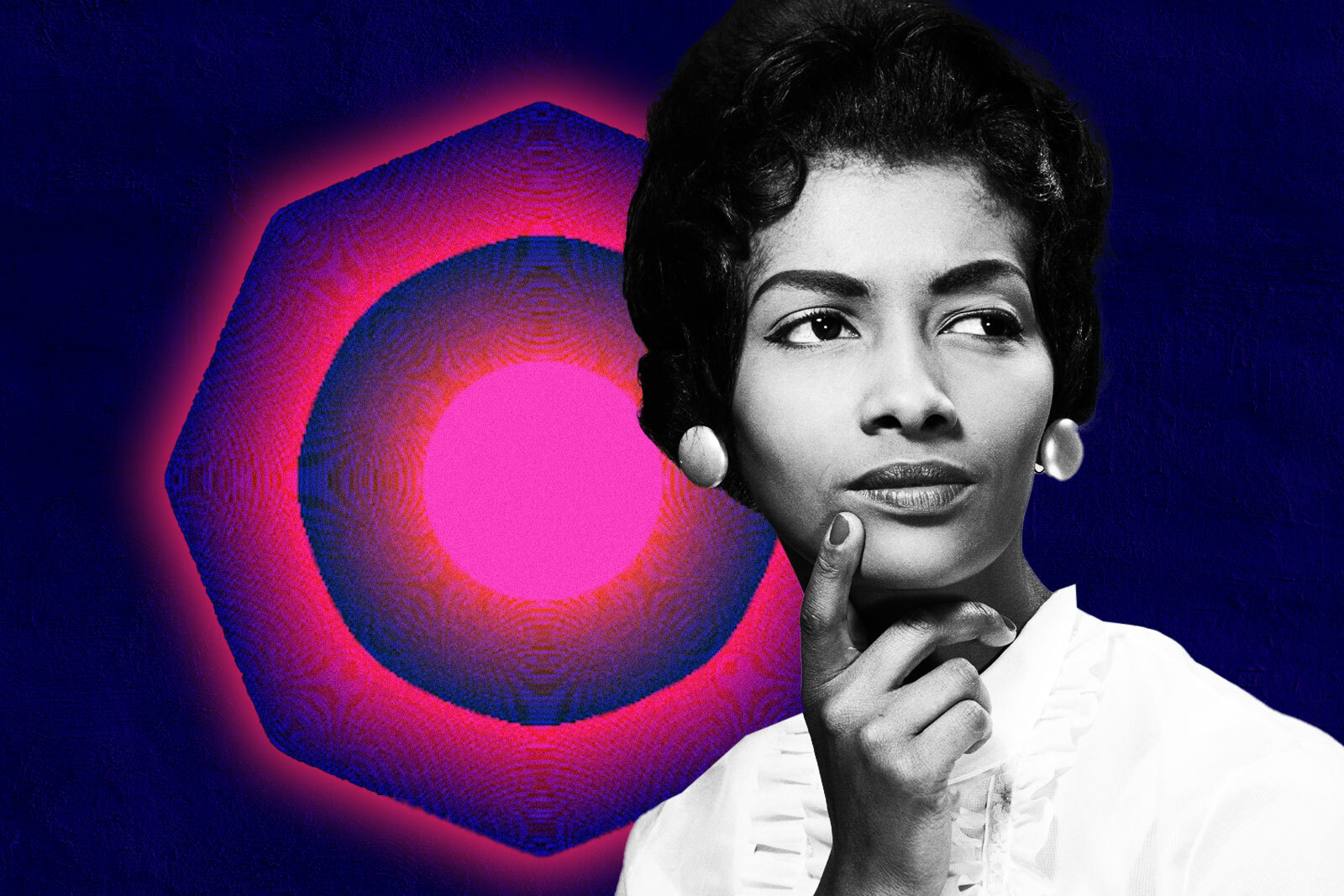
NFTs: some love them, some hate them, some don’t completely understand them, yet everyone knows that each day they’re becoming more and more influential. The NFT market cap is over $40 billion, almost reaching the total size of the global art market.
The popularity of NFTs exploded only over a year ago, but why was the non-fungible token created in the first place?
“The only thing we’d wanted to do was ensure that artists could make some money and have control over their work,”
wrote Anil Dash, the co-creator of the first recognized NFT, “Quantum.”
Sponsored
In the past few decades, various efforts were made to find a way to verify digital art. However, the only way for artists to sell their works was by converting them into physical forms. Blockchain technology tries to change that.
Anil Dash, CEO of the software development company Glitch, worked with digital artist and tech entrepreneur Kevin McCoy at a hackathon in 2014. They founded the first version of ownership proof for original digital work, backed by blockchain technology, and called it “monetized graphics.” This “system of verifiably unique digital artwork” is now known as NFTs. The purpose of it was to help digital artists protect and monetize their work.
“We absolutely didn't call our implementation NFTs or "non-fungible tokens" because that technical term, while accurate in some sense of how code is implemented, truly sucks as a mainstream name, especially when trying to empower artists,”
Dash wrote in his blog.
Are NFTs Simply URL Links?
“Technology should be enabling artists to exercise control over their work, to more easily sell it, to more strongly protect against others appropriating it without permission,”
Dash shared.
Sponsored
Dash and McCoy noticed the flaws of the NFT prototype: the actual digital artwork could not be stored in blockchain due to technical limits as most blockchains aren’t capable of holding an entire image. Thus, instead of inserting a modified image into the blockchain, they decided to include the web address of the image or a mathematical compression of it to use it as a reference for the artwork. NFTs today are stored the same way.
“The NFT token you bought either points to a URL on the internet, or an IPFS hash. In most circumstances it references an IPFS gateway on the internet run by the startup you bought the NFT from,”
software engineer Jonty Wareing wrote on Twitter.
It seems that owning an NFT is owning a unique and authentic digital item. Yet an NFT is only a certificate of ownership, and not the item itself. The item, or a digital picture of it, can be ‘right-clicked and saved’ by anyone.
Nevertheless, the implementation Dash and McCoy created eight years ago was incomplete compared to what the ecosystem allows today on blockchains such as Ethereum and Solana.
The Current NFT Market is Something Else
“Our dream of empowering artists hasn’t yet come true, but it has yielded a lot of commercially exploitable hype,”
Dash shared.
The biggest issue is that some NFTs are purely scams and replicas of physical works. Unknown people create NFTs without asking permission from the real artist and sell them for shocking prices.
NFTs have become a major investment tool with many lucky crypto enthusiasts capitalizing from promising NFT projects. It opened doors to the virtual world, the metaverse. NFTs now allow people to show off their belongings and collections online. Owning an NFT not only makes you an investor but also a “member of a club, a brand shareholder, and a participant in a loyalty program all at once.” NFTs became something different from what Dash and McCoy originally planned.
On the Flipside
- Kevin McCoy sold “Quantum,” the first NFT ever minted, for $1,472,000.